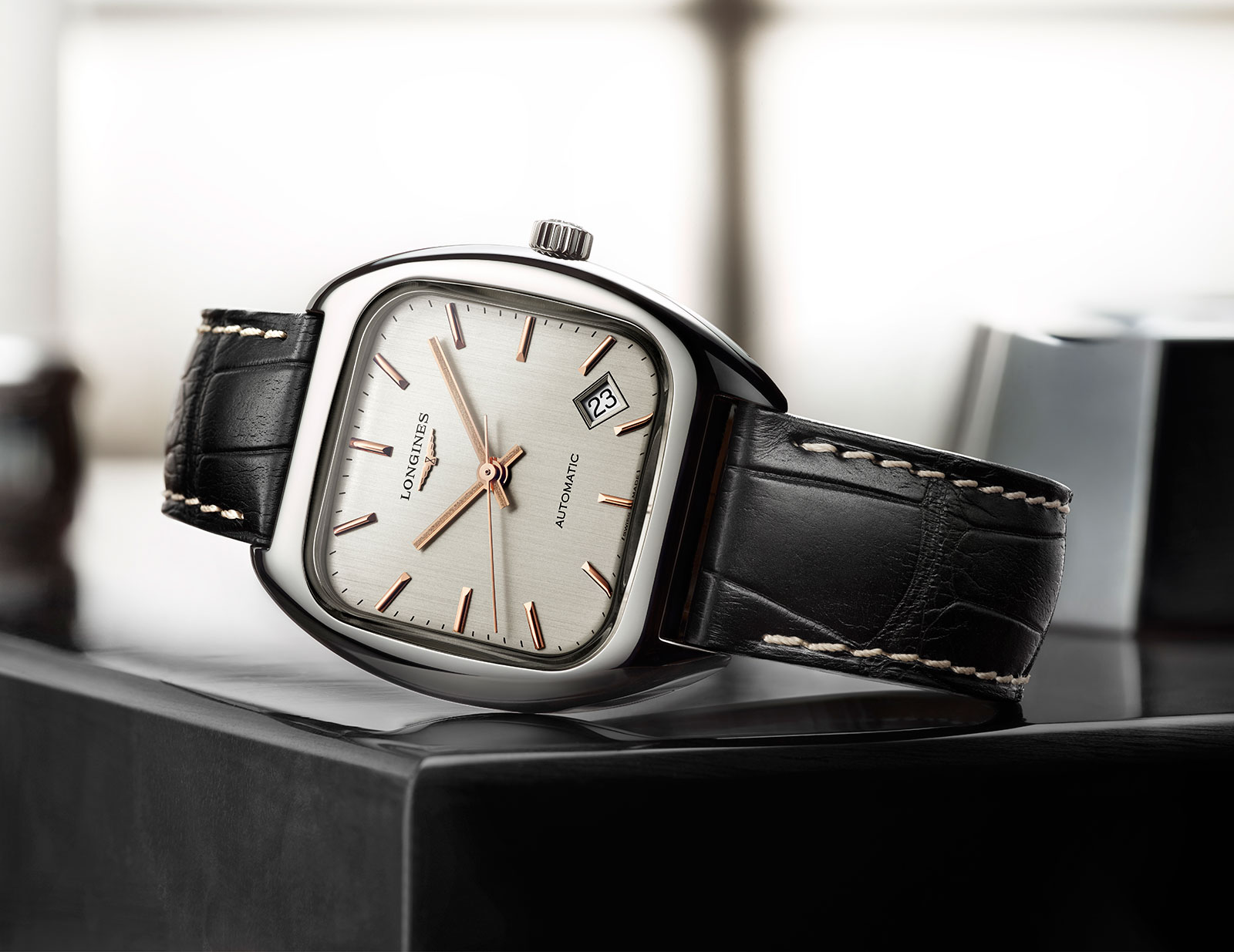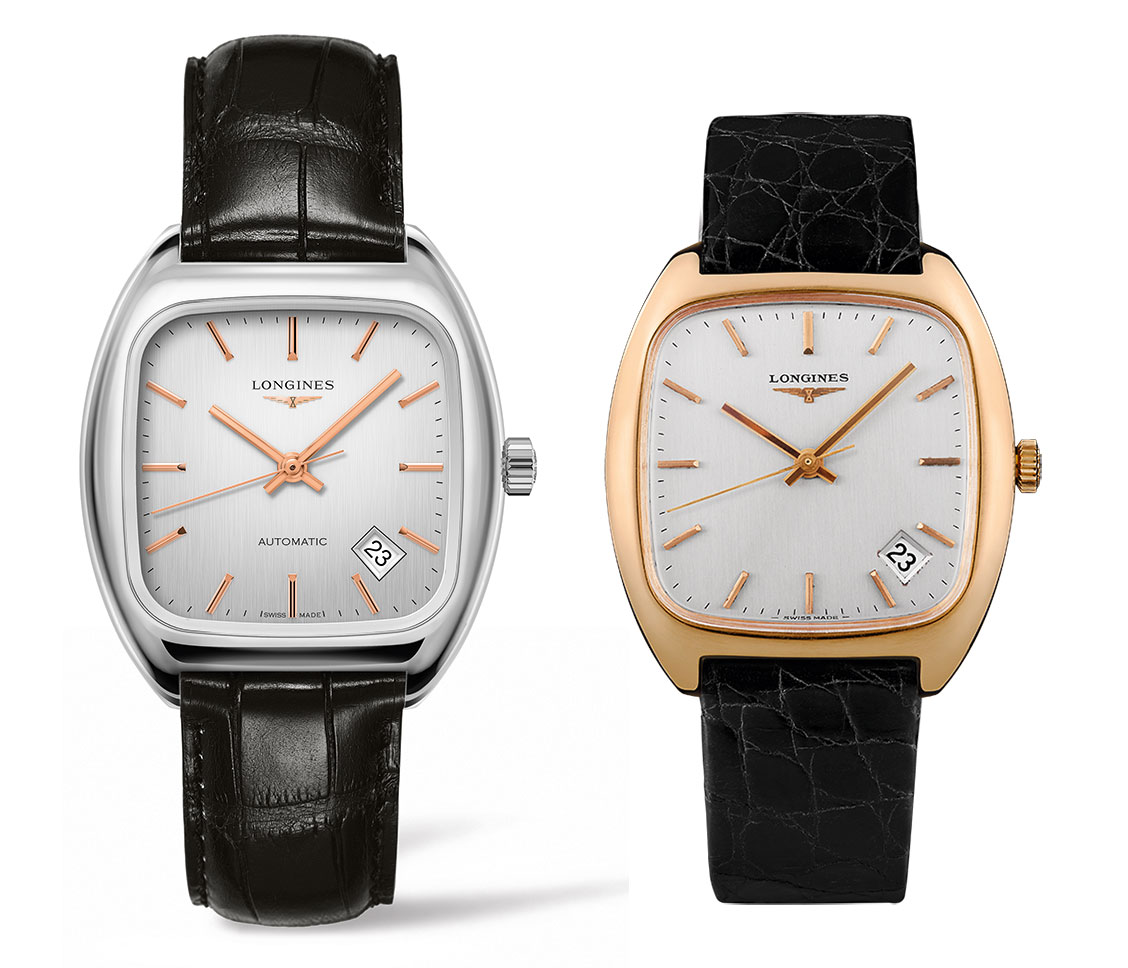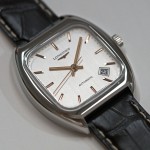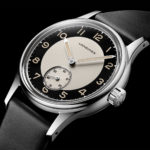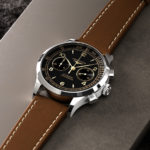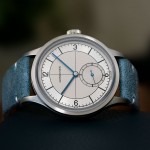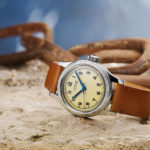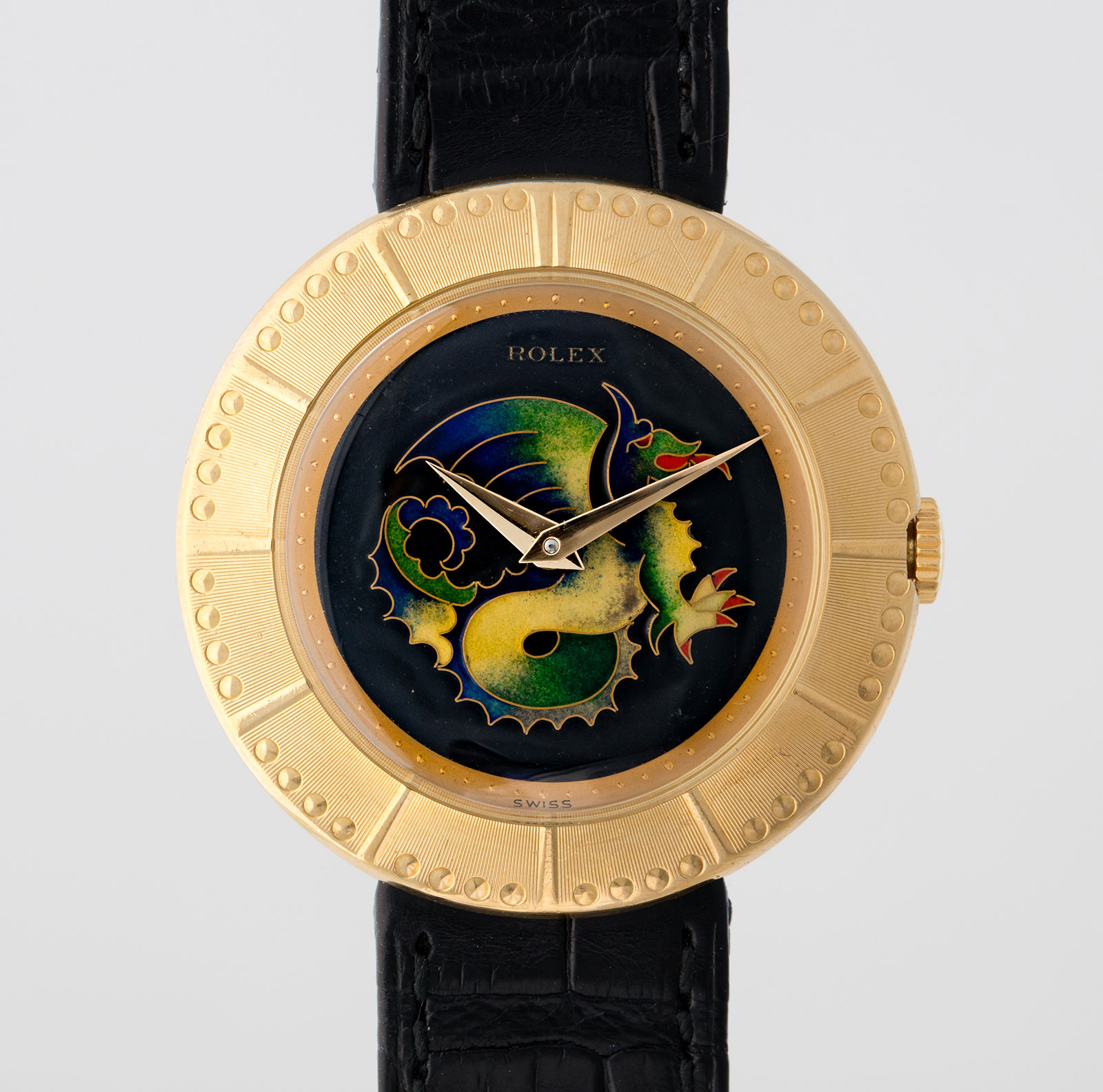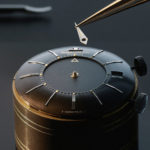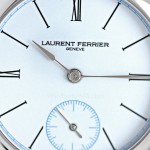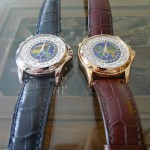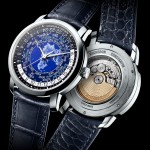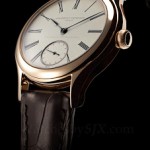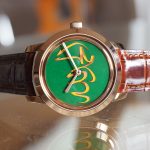Cloisonné enamel wristwatches made by eminent watchmakers like Patek Philippe, Rolex and Vacheron Constantin command impressive prices at international watch auctions today, regularly fetching six figure sums. Most were produced in the years following the Second World War, when such watches enjoyed a new lease of life.
Named after the gold wires used to form the motif, cloison means “partition” in French, cloisonné was sometimes used to decorate dials of Art Deco miniature clocks of the early 1920s, but the first examples of cloisonné dial wristwatches begin to appear in the late 1940s. Prior to the 1940s, rarely had wristwatch dials been entirely decorated with polychrome enamel, especially using the cloisonné technique. One can only speculate as to the reasons behind this, but one of the most likely was the quest for new and innovative men’s watches in the post-war years.
The revolutionary nature of this phenomenon lay in the evolution of how enamelling was regarded: from a decorative operation that was secondary to the timepiece itself, to an art that transformed the watch dial into a crucial aesthetic element of the watch. This propelled the watch into the realm of art, desirable enough to be collectibles that are sought after on the secondary market.
Enamelled dials formed a trend that lasted for about 20 years until the 1960s, albeit in tiny numbers. Practically all of the enamel dial wristwatches of that era were decorated with the cloisonné technique. Production was limited by the scarcity of specialised artisans; consequently the number of such watches manufactured by all watch brands amounted to only a few hundred wristwatches.
The novelty of such enamelled wristwatches lay in the variety of subjects depicted on the dial, as well as the artisan’s mastery of enamel. During this period, most cloisonné enamel dials were painted by a handful of artisans, such as Carlo Poluzzi, Marguerite Koch or Nelly Richard. This partly explains repetitions in terms of subjects as well as style and colour similarities. Needless to say, none of these works bears any trace of a signature or visible initials of the artist, though they were usually signed by the dial manufacturer.
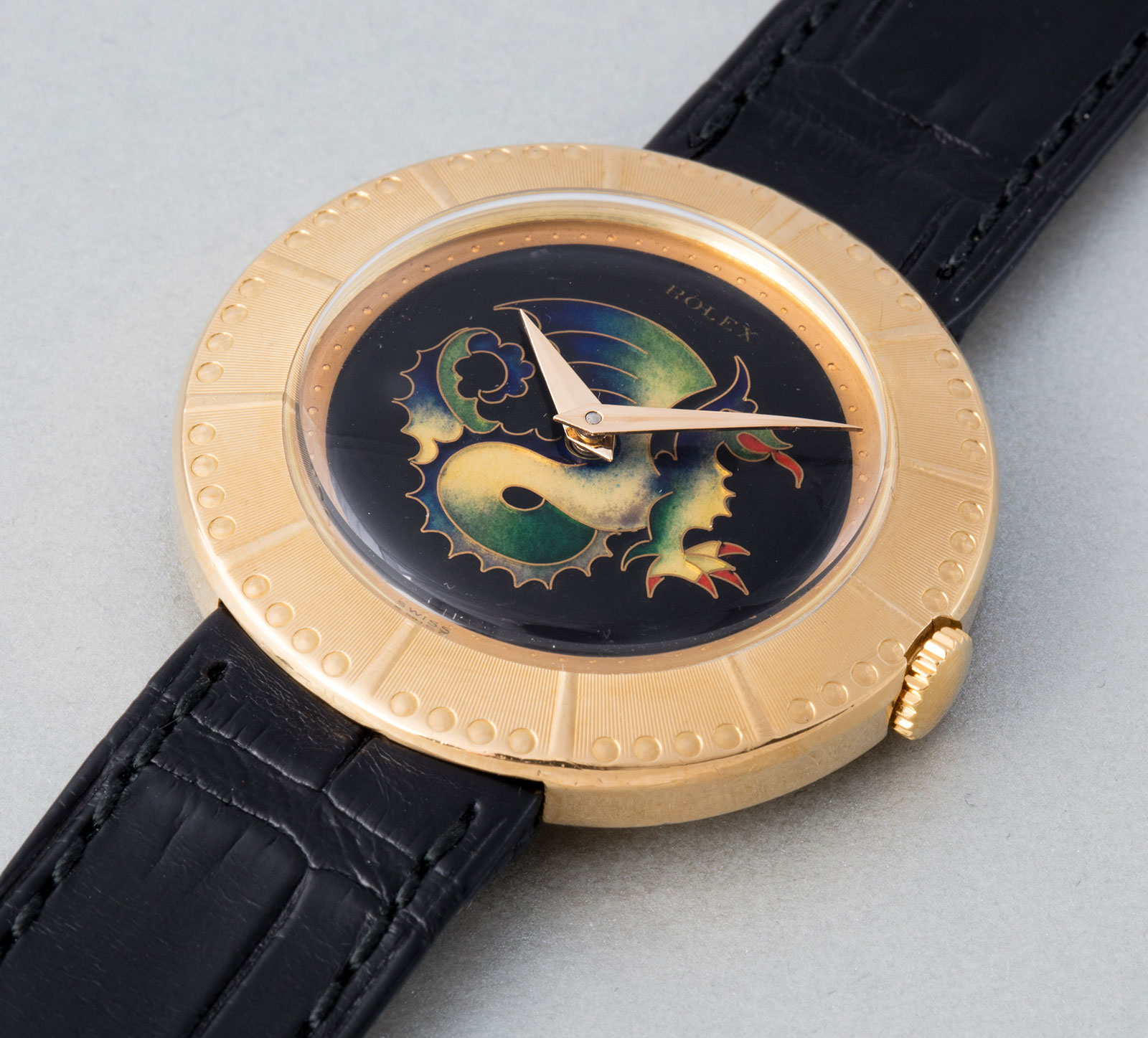
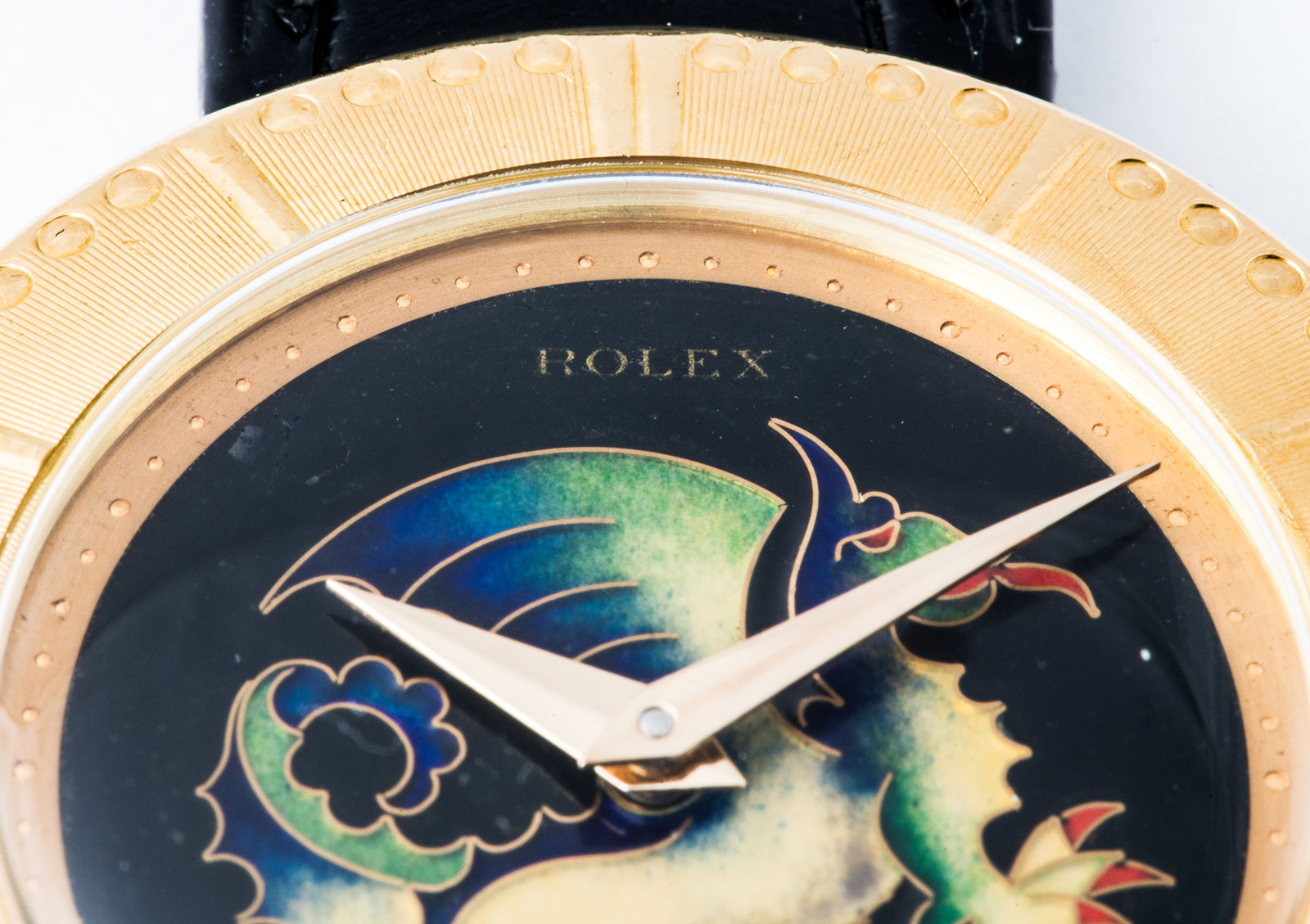
A Rolex ref. 8651 with cloisonné dial depicting a chimera, made by Marguerite Koch. Sold for SFr569,000 in May 2016. Photo courtesy Phillips Watches
One of best-known makers of enamel dials was Stern Frères, which produced the dials for some of the most valuable enamelled wristwatches ever sold. Founded by the same family that now owns Patek Philippe, the firm started making cloisonné enamel wristwatch dials at the end of the 1940s, but it was not alone. Beyeler was notable as well, mainly for the dials it made for Rolex and Vacheron Constantin; the Geneva-based company was acquired by Rolex in the late 1990s.
While some watch manufacturers had exclusive rights to specific subjects, but the vast majority of enamel dials featured common motifs such as caravels, dragoons, lighthouses and geographical maps.
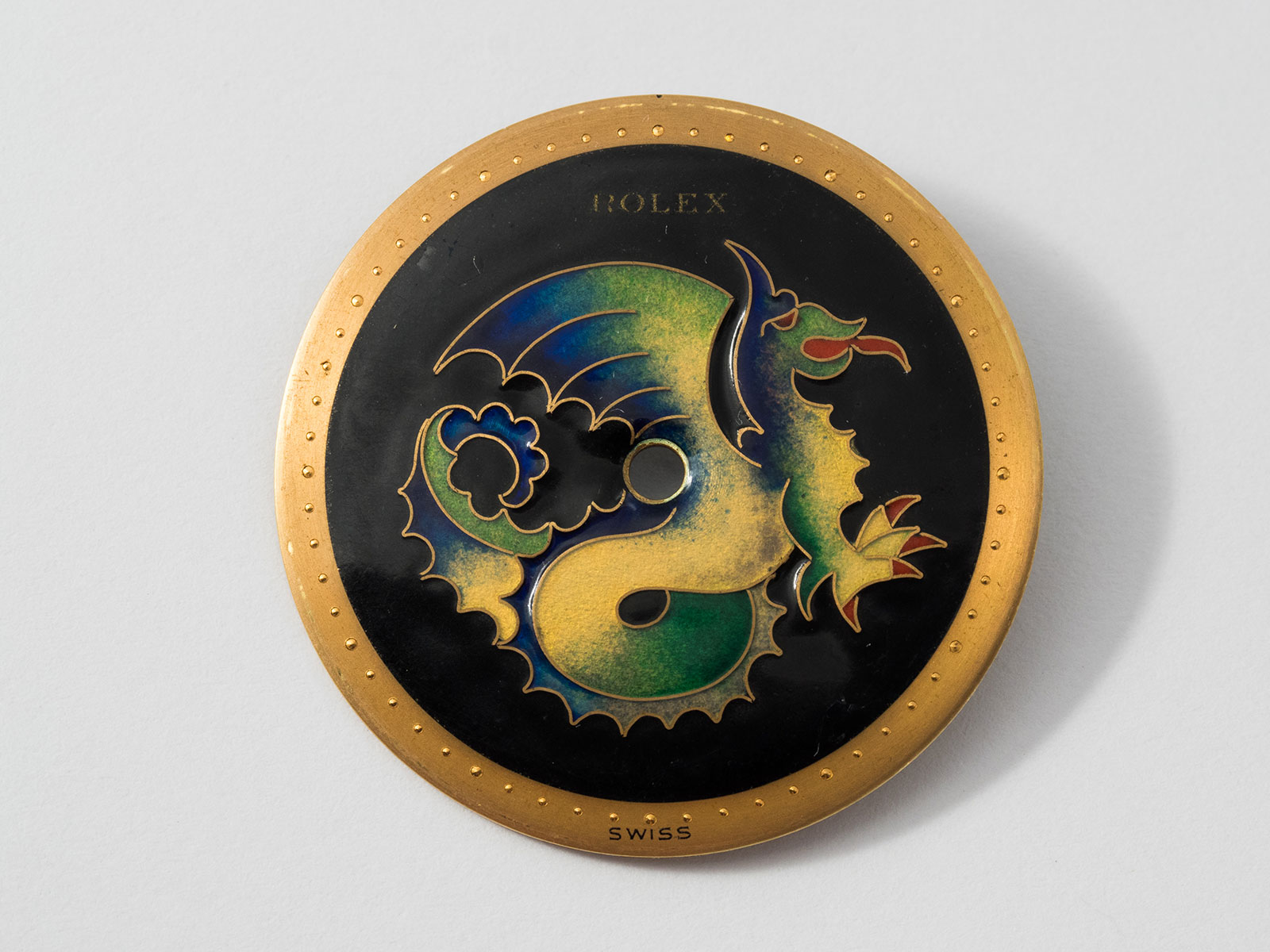
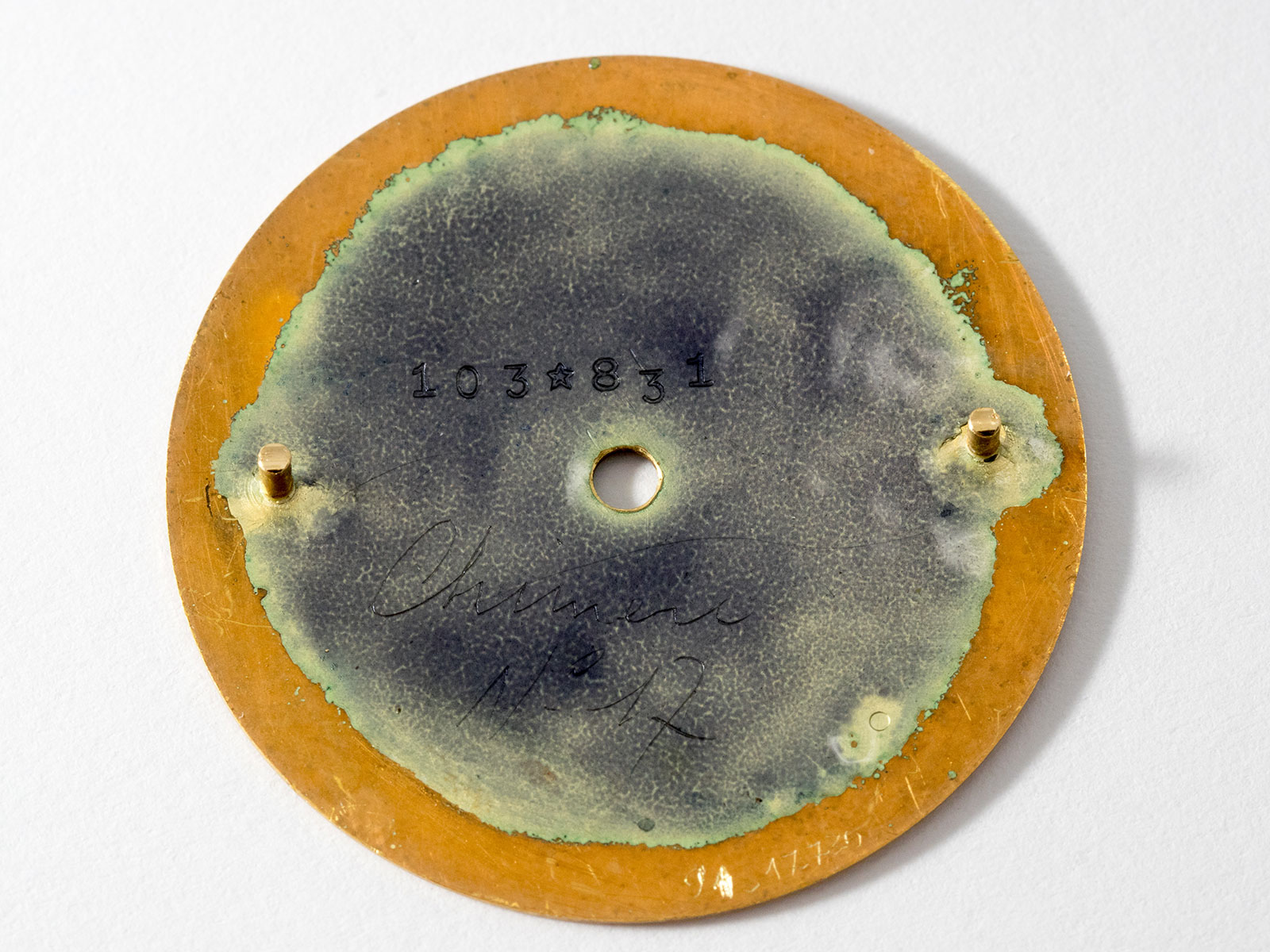
The reverse of the chimera cloisonné dial with the star logo of dial maker Stern Freres. Photo courtesy Phillips Watches
Cartographical maps were a popular decoration on 19th century pocket watches, often depicting maps of France or Italy on the case-back, painted using the champlevé enamel technique. Famous watch manufacturers such as Breguet or Vacheron Constantin presented pocket watches of rare and exceptional quality.
By the time enamelling reached wristwatches in the 1940s, political events provided dial makers with renewed inspiration. Many watch manufacturers choose to capture historical events on enamel dials.
One particularly striking example is the map of a newly independent India in 1947, a motif developed by Universal Genève. And the map of Saudi Arabia was also frequently featured on Universal, Eska or Longines watches – likely to honour the memory of King Ibn Saud, the first king of Saudi Arabia who passed away in 1953.
Collecting enamelled wristwatches
Such artisanal dial decoration was a major risk for the watchmaker or artisan, because the right motif had to be selected to ensure commercial success. Failing to choose the right motif at the right moment could condemn a watch to languish in a display case. Aesthetic innovation is unfortunately not a promise of commercial success.
So it is unsurprising cloisonné enamel timepieces did not encounter the anticipated success when they first entered the market, doubtless because of their avant-garde and somewhat extravagant appearance. While many innovative models have not had the success their makers might have hoped for, with hindsight one recognises that this could give them a favourable rarity edge.
There is consolation in the fact that vintage cloisonné enamel timepieces have been achieving fantastic results at auction in recent years, vindicating the enamel artisans of decades-ago.
While the decoration on enamelled wristwatches is diverse, today’s collectors tend to gravitate towards the simpler and general subjects, like ships or animals, rather than those that are specific to an era or country. Such motifs are ageless and can appeal to the widest audience, giving them greater long-term collectible potential.
Ivan Ponzo is an independent consultant who seeks to preserve the values of traditional watchmaking through education and study. He was a 12-year veteran of Vacheron Constantin in Geneva until 2014, where he was a researcher and archivist.
Addition July 20, 2016: Explained cloisonné technique.
Back to top.